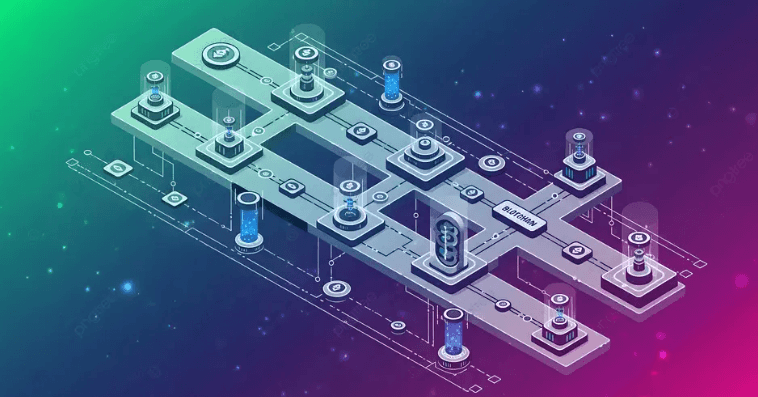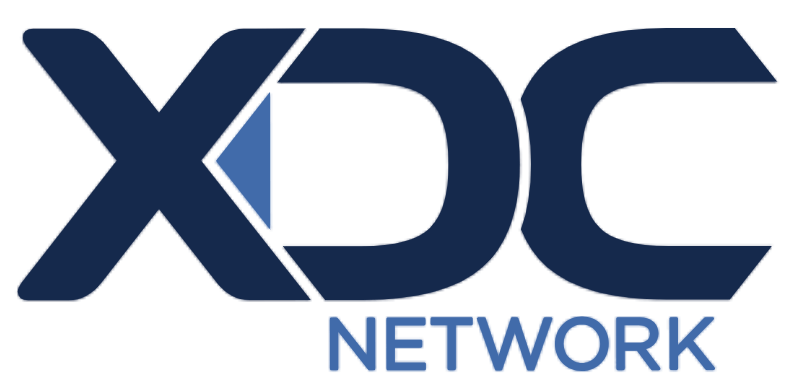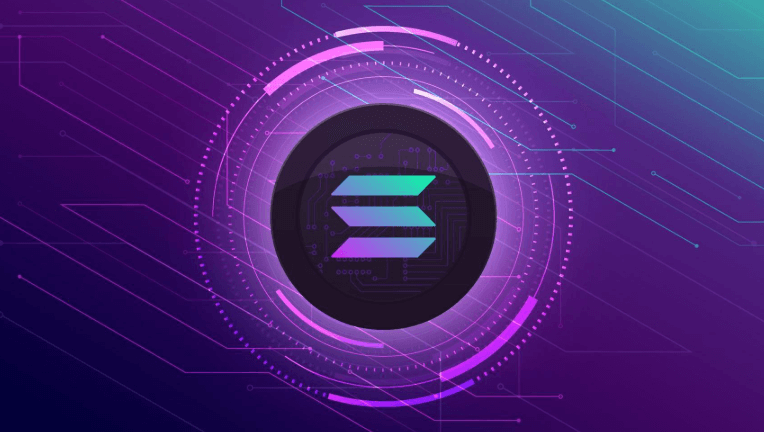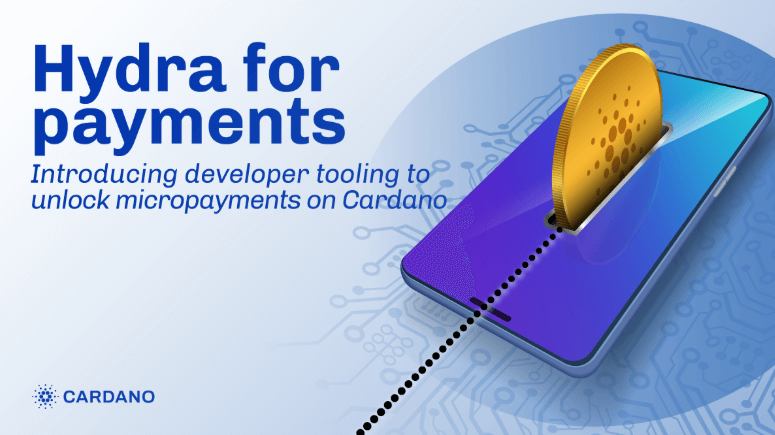The Ethereum Layer-2 (L2) ecosystem is experiencing rapid growth as scalability solutions become increasingly critical to addressing network congestion and high transaction fees. With Ethereum remaining the dominant smart contract platform, L2 protocols such as Arbitrum, Optimism, and zkSync are gaining traction by offering faster and cheaper transactions while maintaining Ethereum’s security and decentralization.

Key Drivers Behind Layer-2 Expansion
- Increased Adoption of Rollups: Rollup technologies, including Optimistic and Zero-Knowledge (ZK) rollups, have significantly improved transaction throughput while reducing costs. Projects like Arbitrum One and Optimism have seen substantial adoption, with growing total value locked (TVL) across their ecosystems.
- Institutional Interest and Investment: Major institutional investors and venture capital firms are backing L2 projects, recognizing their role in Ethereum’s long-term scalability. Recent funding rounds for zkSync and StarkNet highlight the confidence in rollup-based scaling solutions.
- Growth of DeFi and NFT Markets: Decentralized finance (DeFi) and non-fungible tokens (NFTs) continue to drive demand for efficient transaction processing. L2 networks enable cost-effective DeFi activities such as lending, borrowing, and yield farming, attracting both retail and institutional users.
- Ethereum’s Roadmap and EIP-4844: The upcoming Ethereum Improvement Proposal (EIP-4844), also known as Proto-Danksharding, is expected to enhance L2 efficiency by reducing data storage costs. This development will further accelerate the adoption of rollup solutions.
- Expanding Developer Ecosystem: The availability of developer-friendly tools and infrastructure has led to an increase in L2-based dApps and protocols. Projects are migrating or launching directly on L2 networks to leverage lower fees and faster execution times.
Challenges and Future Outlook
Despite the rapid growth, Ethereum’s L2 ecosystem still faces challenges such as interoperability issues, liquidity fragmentation, and the need for better user experience. However, ongoing innovations in cross-chain solutions and enhanced bridge infrastructure are expected to address these concerns.
As Ethereum continues its transition towards a more scalable future, Layer-2 solutions will play a pivotal role in shaping the next phase of blockchain adoption. Analysts predict that as more users and developers embrace these networks, Ethereum’s L2 ecosystem could rival Layer-1 competitors in terms of transaction volume and ecosystem size.
Conclusion
Ethereum’s Layer-2 solutions are rapidly maturing, offering scalable and cost-effective alternatives to the main Ethereum network. With increasing adoption, institutional support, and continuous technological advancements, L2 networks are poised to revolutionize the Ethereum landscape and drive mainstream blockchain adoption.
Disclaimer: This article is for informational purposes only and is not investment advice. Investors should research carefully before making any decisions. We are not responsible for your investment decisions.
















